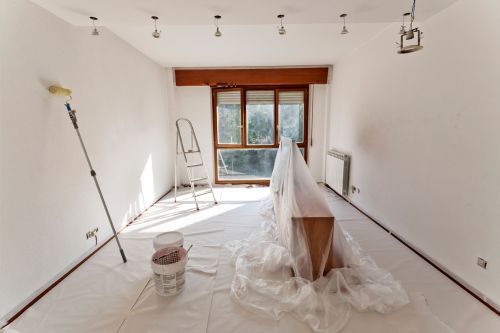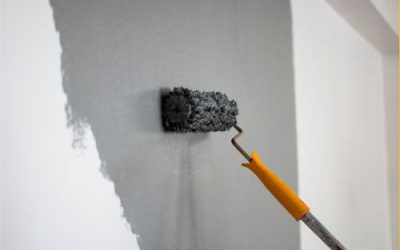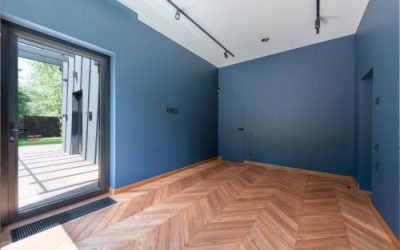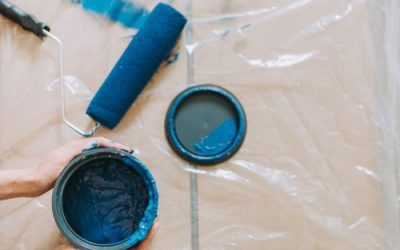The frequency with which you should paint a house is not always the same. It depends on several factors: the use given to each room, the quality of the paint used, exposure to light or humidity, and even the colour. In this guide we explain how often you should renew the paint in your home to keep it in optimum condition.
Contact our professionals
High activity areas: every 2-3 years
Spaces such as corridors, living rooms and children’s rooms often suffer from scratches, stains or wear and tear from daily use. In these cases, it is recommended to repaint every 2 or 3 years, especially if they are light or matt tones.
If you are looking for ideas to renovate your home, you can visit our interior painting section where we share tips and recommended products.
Kitchens and bathrooms: every 3-5 years
These rooms are exposed to moisture, steam and grease, which can cause paint to deteriorate more quickly. If you use washable plastic paints or special paints for wet areas, you can extend the maintenance up to 4 or 5 years.
Facades and exteriors: every 5-8 years
Exposure to sun, rain and pollution causes facades to deteriorate sooner. With good quality paint and a well-executed job, you can space out the renovation up to 8 years.
We recommend you consult our articles on exterior paint if you want to know which is the most resistant for your climate.
Rooms with little use: every 6-8 years
Offices, guest rooms or storage rooms can be well maintained for longer, especially if there is no humidity or constant contact with furniture or people.
Regular cleaning and the use of quality paints can extend this period.
Factors influencing durability
- Paint quality: professional ranges resist more washing and fading.
- Colour: dark colours tend to deteriorate visually earlier.
- Finish: satin or semi-gloss paints are more resistant to rubbing than matt paints.
- Pre-preparation: a good primer and a clean surface extend durability.
Adapt the paint to the rhythm of your home
Not all rooms have the same requirements. Planning repainting according to the actual use of each space allows you to save money and keep your home in perfect condition.
Explore more tips on our painting and decorating blog to improve the result from the first brushstroke.
Other publications that may interest you
What happens if I paint with exterior paint indoors?
Painting the interior walls of your home is an exciting project, but what happens if you use paint intended for exteriors instead of paint suitable for interiors? While it might seem like a practical solution, especially if you have leftover exterior paint, there are...
Which paint to use for interior walls?
Selecting the right paint for interior walls may seem simple, but in reality, there are several important considerations that can influence the final result. From the type of paint to the preparation of the walls, each step is crucial to achieving a finish that is not...
Does water have to be added to the plastic paint?
When faced with a painting project, one of the most common questions is whether it is necessary to thin the plastic paint with water before applying it. The answer depends on several factors, such as the quality of the paint, the type of surface, and the environmental...




